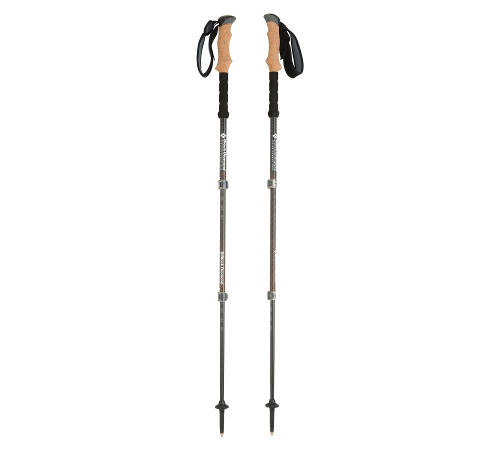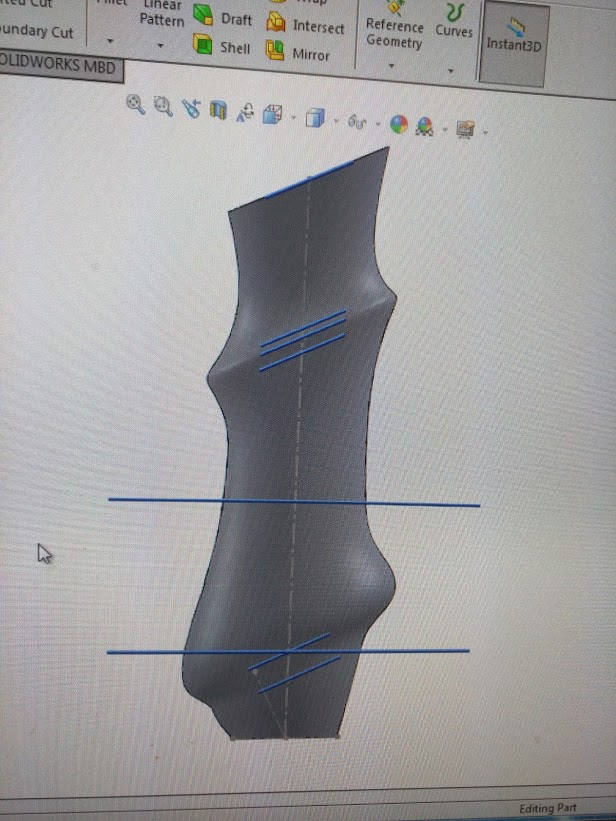A calm winter day with blue skies can quickly turn into a blizzard with zero visibility. A cool fall morning can mean fog as thick as split-pea soup. Whatever the circumstance there are times when dead reckoning is required for travel in the wilderness. While dead reckoning it can be difficult to maintain awareness of your direction of travel. While an experienced navigator has a whole handbag of tricks to draw from when determining direction of travel, sometimes the only way to be sure is by constantly being aware of subtle clues. I plan on creating a location aware trekking pole for use by experts in safety-critical situations and amateurs while learning and practicing basic navigational skills.
Trekking poles give users increased stability, confidence and speed while traveling through uneven terrain and are popular with hikers, backpackers and mountaineers. As something that is always already in your hands, they are an excellent target for some technological augmentation.
Potential Features
- Magnetic Direction Awareness - A constantly visible reminder of where North is can let you know if you are starting to subtly travel off course. Magnetic direction can be adjusted to provide true geographic direction. You may also be interested in traveling in a specifically defined direction.
- Position Awareness - Current GPS technology allows for incredibly accurate positional awareness. While I don't want to replicate the features of a GPS, knowing current position and desired endpoint could provide a direction vector that could be followed. Position information can also be used to keep track of how far you have travelled.
- Speed Awareness - Sampling position over time can be used to keep track of instantaneous and average speed.
Modeling Software
The last (and only) modeling software I had previously used was AutoCAD in the mid-2000's so I thought I would give SolidWorks a try for this assignment. Back in middle school I did a little bit of animating with 3D Studio Max and I think this helped make using Soildworks particularly intuitive. I'm sure there are plenty of more advanced features that would have made the process a lot easier though.
Sanity Check
Before starting to model I wanted a sanity check to see if the functionality I wanted would be able to fit into the form factor of a trekking pole. It turns out that electronic components have gotten a lot smaller and a lot more powerful than the last time I checked (~5 years ago). I want to use an Arduino for this project as I have never used one before. There are some very small Arduino boards that seem like they will work with this project. There are also very small OLED displays and GPS Modules that will definitly fit into the form factor of a trekking pole top. AA batteries even fit in the top segment of the trekking pole I'm basing my design off of!


